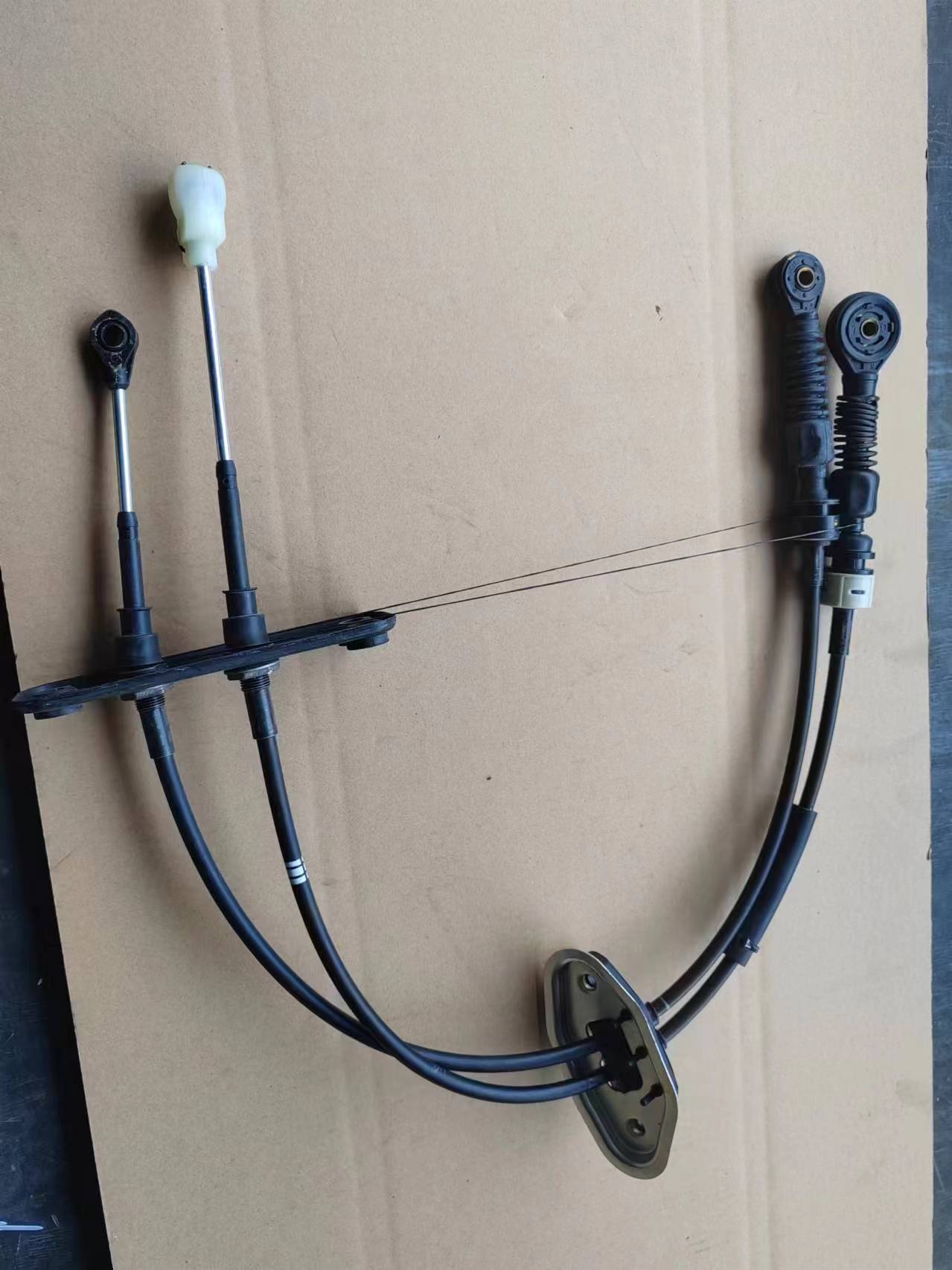Hand Brake Cable Adjuster - Optimize Your Vehicle's Braking System
The Importance of the Hand Brake Cable Adjuster
The hand brake, also known as the emergency brake or parking brake, is a critical component in vehicle safety. Its primary function is to keep the vehicle stationary when parked, especially on inclines. However, the efficiency of the hand brake heavily relies on the proper adjustment of the hand brake cable adjuster. This article delves into the significance of this component, how it functions, and the steps required for effective adjustment.
Understanding the Hand Brake Cable Adjuster
The hand brake cable adjuster is a device that ensures the tension in the hand brake cable is neither too loose nor too tight. If the cable is overly loose, the hand brake may not engage fully, leading to potential rolling when parked. Conversely, if the cable is too tight, it can cause unnecessary wear on the brake components and may even lead to brake failure. Therefore, a properly adjusted hand brake cable is essential for safe vehicle operation.
How the Adjuster Works
The hand brake system typically consists of a cable connected to the brake lever inside the vehicle and another cable that connects to the rear brakes. The adjuster serves to regulate the length of this cable system. As the brake cable stretches with usage over time, the adjuster compensates for this elongation. In most vehicles, the adjuster can be found near the rear brakes or at the lever itself, making it relatively easy to access and adjust.
hand brake cable adjuster

Signs of Misalignment
There are several warning signs that indicate the hand brake cable adjuster may need attention. If the hand brake feels excessively loose or requires several clicks to engage, it may be time to adjust the cable tension. Additionally, if the brake warning light remains illuminated on the dashboard after releasing the hand brake, this could suggest a problem with the cable's tension. Regularly checking your hand brake's functionality can prevent issues down the line and increase overall safety.
Adjusting the Hand Brake Cable
Adjusting the hand brake cable is a task that many vehicle owners can tackle themselves, though it does require some mechanical knowledge. Firstly, you need to park the vehicle on a flat surface and ensure the engine is off. Locate the adjuster mechanism, which is often found under the vehicle or behind the hand brake lever. Using the appropriate tools, you can either tighten or loosen the cable until you achieve the desired tension. A good rule of thumb is to ensure the hand brake engages firmly within 3 to 5 clicks.
Conclusion
Maintaining the proper tension of the hand brake cable via the adjuster is vital for any vehicle owner. It not only ensures that the vehicle remains stationary when parked but also plays a significant role in overall brake performance. Regular checks and adjustments can extend the life of your brake system and enhance safety on the road. Always consult your vehicle's manual for specific instructions relevant to your model or seek professional assistance if unsure about the process. Remember, a well-adjusted hand brake can save lives.
-
Upgrade Your Vehicle with High-Quality Handbrake CablesNewsNov.01,2024
-
Optimize Your Bike's Performance with Quality CablesNewsNov.01,2024
-
Enhance Your Vehicle's Performance with Quality Clutch ComponentsNewsNov.01,2024
-
Elevate Your Vehicle's Performance with Quality Throttle CablesNewsNov.01,2024
-
Elevate Your Vehicle's Performance with Quality CablesNewsNov.01,2024
-
Affordable Solutions for Your Cable NeedsNewsNov.01,2024
